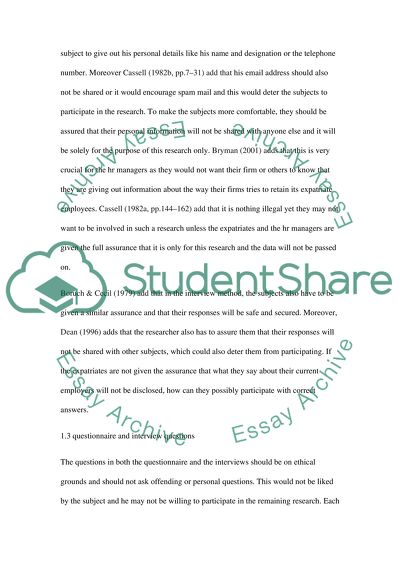Cite this document
(“Social Research Methods Proposal Example | Topics and Well Written Essays - 2500 words”, n.d.)
Retrieved from https://studentshare.org/sociology/1568846-social-research-methods
Retrieved from https://studentshare.org/sociology/1568846-social-research-methods
(Social Research Methods Proposal Example | Topics and Well Written Essays - 2500 Words)
https://studentshare.org/sociology/1568846-social-research-methods.
https://studentshare.org/sociology/1568846-social-research-methods.
“Social Research Methods Proposal Example | Topics and Well Written Essays - 2500 Words”, n.d. https://studentshare.org/sociology/1568846-social-research-methods.


